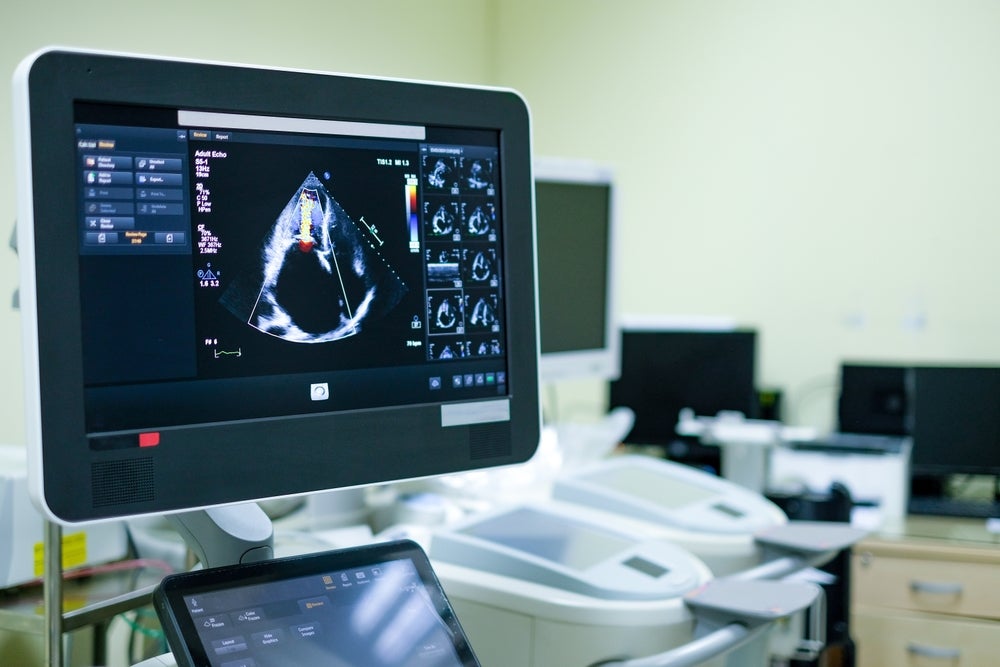Echocardiography has become an essential tool in diagnosing cardiovascular diseases (CVDs), utilizing noninvasive ultrasound technology to assess heart function and structure. Despite its importance, the process of obtaining and interpreting echocardiogram images remains labor-intensive and heavily reliant on the expertise of trained sonographers, whose numbers are dwindling globally. The challenges posed by this shortage highlight a critical opportunity for innovation in the healthcare sector, particularly through the integration of artificial intelligence (AI).
The partnership between Fujifilm and Us2.ai signifies a major advancement in enhancing the efficiency and accuracy of echocardiography. By incorporating Us2.ai’s AI-powered image analysis software into Fujifilm’s LISENDO 880 and LISENDO 800 ultrasound systems, they aim to streamline operations while providing precise diagnostic information. This technology promises significant improvements in the workflow associated with echocardiography, allowing healthcare providers to deliver timely and effective patient care.
The LISENDO systems are recognized for their high-quality imaging capabilities, and combined with Us2.ai’s AI solutions, they address some of the fundamental issues plaguing the echocardiography field. The AI-driven software can automatically analyze various heart chambers through 2D and Doppler ultrasound views, yielding critical measurements according to established international guidelines. This automation greatly reduces the time needed for analysis, allowing healthcare professionals to focus on interpreting the results rather than manually processing data.
For small and medium-sized businesses (SMBs) operating in the healthcare domain, the integration of AI-driven workflows can significantly elevate operational efficiency. By adopting AI technologies, SMBs can streamline various tasks, particularly in diagnostics and patient management. One standout benefit is the reduced examination time needed for echocardiograms; traditional procedures can last anywhere between 40 to 90 minutes, largely depending on the skill set of the sonographer. The introduction of AI software could potentially decrease this duration by up to 70%, thus alleviating pressure on healthcare workers and allowing for an increased patient load without a decline in quality.
Incorporating AI infrastructure creates imperative long-term ROI opportunities for SMBs. With this increased efficiency comes financial benefits. By automating routine imaging tasks, businesses can save on labor costs and redirect their human resources toward higher-level analytical tasks, spurring innovation and improving overall productivity. For example, rather than dedicating time to standard measurements, staff can focus on patient interaction and personalized care, setting a higher standard for service delivery and potentially improving patient outcomes.
Moreover, the impending shift toward AI could be viewed through a broader lens of decision-making and risk management. Improved diagnostic accuracy minimizes the occurrence of errors in results—significantly impacting treatment protocols and outcomes. AI tools can provide real-time insights that are not only faster but also more reliable, allowing medical practitioners to make more informed decisions promptly. This capability becomes increasingly vital as the industry moves towards preventive care models.
The ongoing trend of AI integration is not exclusive to echocardiography but resonates within various sectors of healthcare including radiology. Similar advancements seen with companies such as Rad AI and Elucid underline a collective progress in the medical imaging arena. The noted success of Rad AI in securing funding and Elucid’s achievement in receiving FDA clearance for its PlaqueIQ technology illustrates the growing acceptance of AI functionalities across the healthcare landscape. These developments indicate that the incorporation of AI-driven strategies is no longer a novelty but an emerging norm among healthcare providers.
As SMBs evaluate the opportunities presented by AI, they should consider the foundational technology stack necessary for those integrations. Investing in infrastructure that supports AI applications, such as powerful imaging systems, cloud storage solutions, and robust data analytics platforms, is necessary to maximize the benefits of automation. Furthermore, ongoing training programs for staff on utilizing these advanced tools will be crucial in facilitating smoother transitions and ensuring that personnel are adept at navigating AI integrations effectively.
In conclusion, the integration of AI into more specialized fields such as echocardiography is leading to transformative changes in healthcare, with the potential to improve clinical workflows while decreasing diagnostic errors. By optimizing daily operations through AI-driven workflows and automation strategies, SMB leaders can ensure that their organizations remain competitive and innovative. As these technologies evolve, the anticipated gains in efficiency, decision-making, and productivity will not only bring financial returns but will also enhance the quality of care provided to patients.
FlowMind AI Insight: Embracing AI-driven technologies is more than just a competitive advantage; it’s a vital move towards a more efficient healthcare ecosystem. SMBs can leverage these advancements to create scalable operations that improve service delivery and elevate patient experiences.
Original article: Read here
2025-04-01 07:00:00

